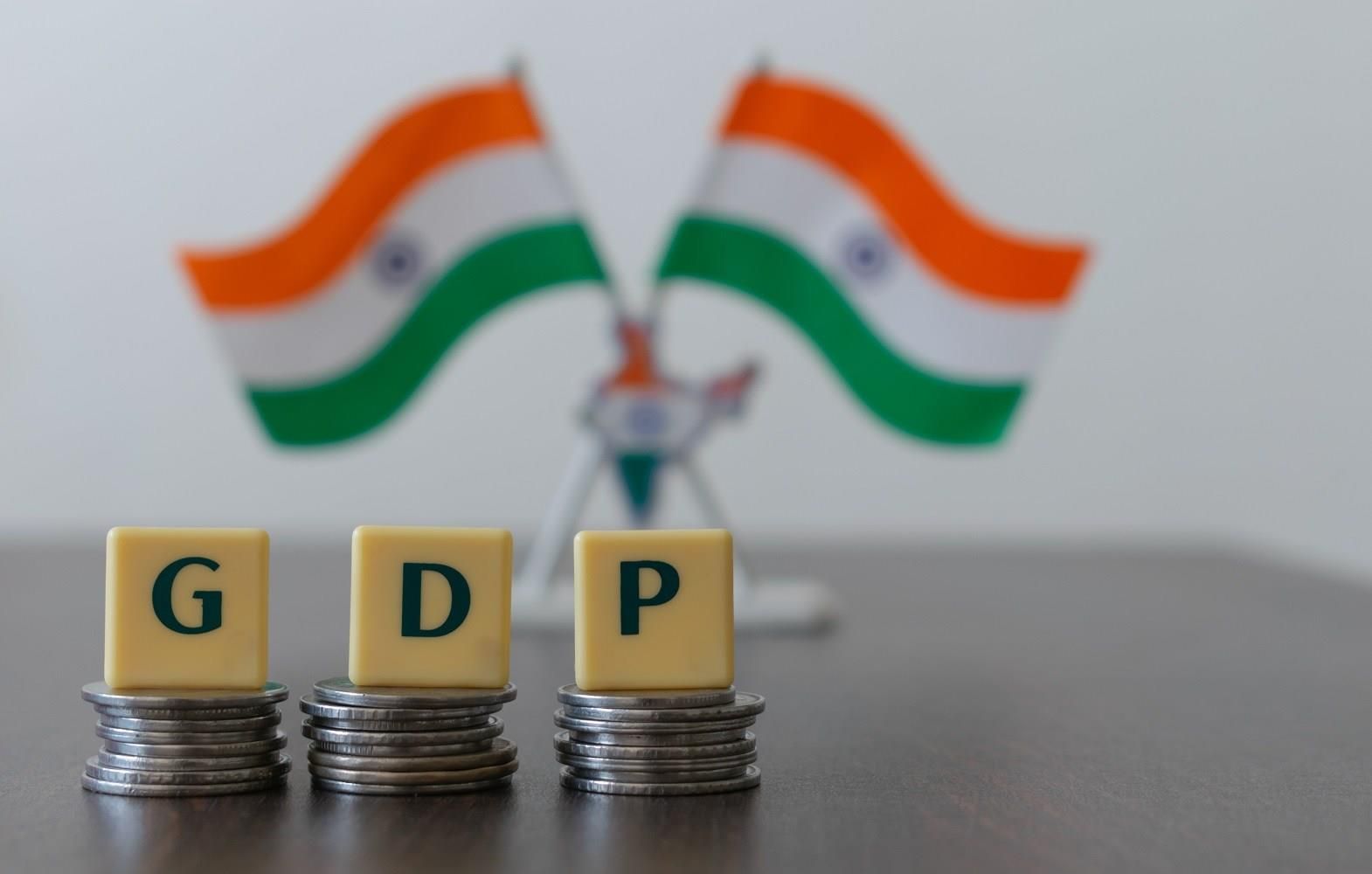As we have argued in this column, the persistent bad growth mix since the credit crisis - high fiscal spending at a time when productive private investment has been declining - is at the heart of the challenging macro environment for India.
This bad growth mix has been steadily taking down India's potential growth rate(growth at which inflation does not accelerate) and we believe that this is now unsustainable, as evident from the stretched macro stability indicators of a higher current account deficit, persistent high inflation and tighter inter-bank-liquidity.
As we have argued in this column, the persistent bad growth mix since the credit crisis - high fiscal spending at a time when productive private investment has been declining - is at the heart of the challenging macro environment for India.
These macro imbalances will eventually be corrected - ideally, this should be done efficiently by reducing public expenditure - however, given the lack of policy action thus far, we believe that a sub optimal market-induced correction is underway. The ideal method to correct these imbalances would be for policymakers to change the growth mix from fiscal deficit induced,consumption-led growth to policy reform-driven, and investment-led growth.
Specifically, in our view, policymakers should take steps to lower public spending, including subsidies, and simultaneously introduce steps to revive private investment sentiment. Steps to control public expenditure will help to-reduce the macro risks and eventually bring down the cost of capital. The stabilization of macro imbalances, plus a lower cost of capital and a boost to investment,will help build a virtuous cycle of investment growth and GDP growth acceleration.
This would help to increase long-term potential growth without further fanning macro imbalances. Unfortunately, policymakers have continued to delay meaningful action to address the unsustainable bad mix of growth. The continued reliance on an expansionary fiscal policy has already led to widening of current account deficit, which at a time when capital inflows are slowing has invoked the pressures of managing the balance of payments deficit.
The cost of capital, which will remain higher for longer in this scenario, will weigh further on investment growth. This market-induced correction would be a suboptimal outcome as lower investment would mean lower potential growth. As the limits of the bad growth mix have been reached, we think that GDP growth is likely to face another leg down. We expect the India economy to grow by a weak 6.3% in the financial year ending March 31, 2013.
The macro challenges and the lack of scope for a counter-cyclical response will mean that we are likely to see a deeper and longer growth slowdown ahead. Indeed, we expect growth to remain in the 6.0-6 .5% range for six quarters in a row (from October-December 2011 to January-March 2013).
As we have highlighted previously, a weaker growth trend lasting for more than 3-4 quarters could have adverse implications on the domestic banking sector as the ratio of non-performing assets tend to rise with a slowing growth trajectory, which then leads to risk aversion in the domestic banking sector.
While we do expect RBI to ease monetary policy in response to a slowing growth trajectory, we believe that it would be difficult to lower the cost of capital effectively in the near term as persistent balance of payments (BoP) stress means that the RBI will face the impossible trinity of managing the exchange rate and controlling interest rates when capital flows are volatile.
This article is originally published in the 'Economic Times', dated 25th May, 2012, written by Chetan Ahya. He is associated with Morgan Stanley as the Asia-Pacific Economist







Comments